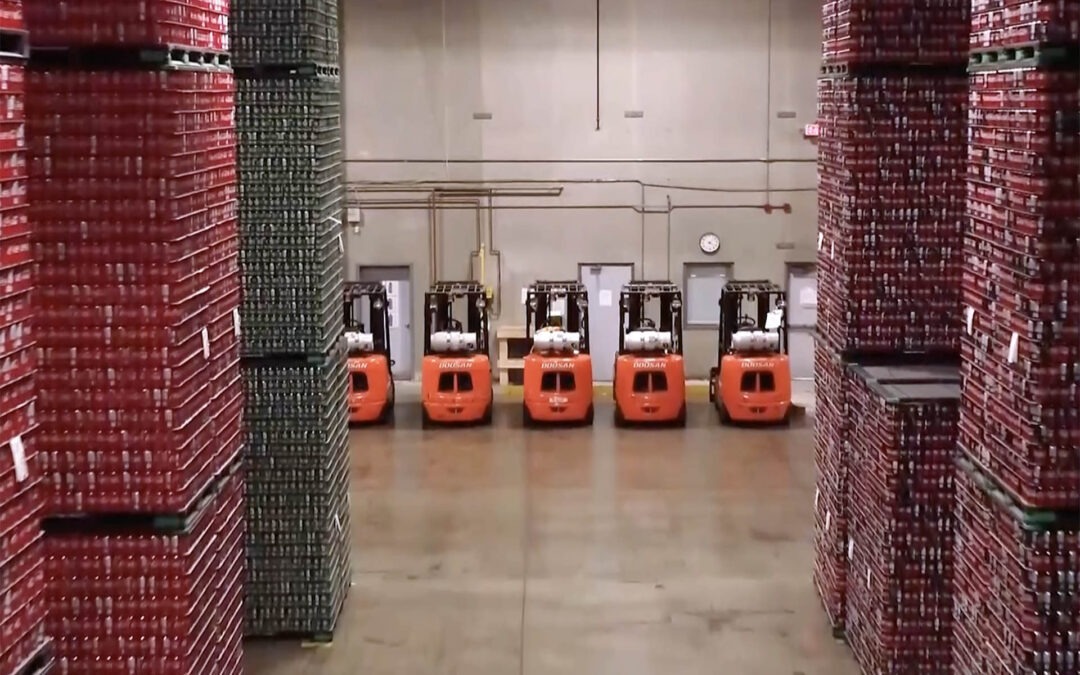A supply chain is often regarded as one of the lesser functions of a business, especially when compared to marketing and sales, which are seen as more glamorous functions. However, we’re here to tell you that this isn’t farther from the truth! 57% of companies believe that supply chain management gives them the edge they need to succeed!
A supply chain is an essential part of any business and could even be seen as the backbone of any product-related business. Ensuring that your goods reach the consumer on time, in the cheapest way possible, and in the right quantity is a daunting task. And only through proper supply chain practices can you easily get your goods from point A to point B!
That being said, let’s get into some of the industry practices followed by the best Canadian warehouse companies in order to maximize your costs, cut your delivery times, and minimize your costs!
Establish a proper supple chian structure.
Oftentimes companies follow hard and fast-set rules, and decisions are often centralized. What this leads to is a delay at the departmental level, where employees have to wait for orders from the top before going ahead with any task.
The ideal structure is a hybrid, where strategy is centralized and operations are decentralized. When given direct goals, your supply chain team would be better able to understand the best way to reach that goal themselves.
Thorough vetting of suppliers.
Part of being a Canadian warehouse and logistics company is to deal with suppliers that can’t deliver on time. What do we suggest? Set up protocols, and make a registry of different potential suppliers who can provide you with your required materials.
Once you’ve completed this list, start vetting. Conduct background research, order samples, check for their limitations, and partner up with different suppliers at once in order to always have a source for your materials.
When you and your suppliers are on the same page, aim for certain goals that you can both achieve together. Their target of growth can be connected with your target for daily production, and Stryder can help bring your goods from A to B!
Focus on demand forecasting.
When you don’t know how much to make, you don’t know how much to order. This will always cause issues when you’re met with unforeseen demand and risk losing out on customers!
Start collecting data, and notice trends. You can run a number of different prediction models on your yearly, monthly, and weekly sales to get a good idea of how much product you need and when you need it.
Some simple methods include having a rolling sales forecast, where you can take the average of the last three months of sales to calculate sales for the coming month. This is just an example, and you can check more methods of sales forecasting here.
Invest in Supply Chain management software.
If you can afford it, investing in management solutions like SAP is a great opportunity to streamline your supply chain. Different software tackles different parts of the supply chain process, and you can tackle each issue separately.
For example, SAP’s warehouse management system allows you to individually track each category of your stock and see its exact location in your warehouse. Many Canadian warehouse companies successfully integrate SAP and similar software into their systems to gain an edge over the competition.
Another example is to invest in a Transport management system, where you can directly track your fleet and all the related elements. Tracking your vehicles will help you gain insight into route optimization, delivery timings, and the optimum delivery quantities, as well as what vehicles to book for which delivery route.
A step further is to integrate both your warehouse management system (WMS) and your transportation management software (TMS). This opens up a whole new area of exploration and insights as to where there might be bottlenecks in your supply chain.
Tracking Metrics
Always try to gain insights from data, and start tracking all metrics related to your supply chain processes. Some of the most useful KPIs (Key Performance Indicators) are:
-
Perfect Order Rate
The number of error-free orders directly affects customers and will lead to customer satisfaction.
-
Warehousing Cost
Includes all the holding and storage-related costs and is one of the biggest influences on the bottom line.
-
Inventory to Sales Ratio
This measures how much inventory is available compared to how much is usually sold.
-
Inventory velocity
The time is taken for an amount of inventory to sell within a time period. This helps to understand how frequently stock needs to be ordered.
-
Supply Chain Cycle Time
How long it takes for the supply chain process to complete? The shorter the cycle, the more successful your business is.
Hiring reliable transportation
When getting your product from the supplier and to the retailer, it is always important to either invest in a private fleet or hire a reliable transportation and logistics service to ensure error-free supplies.
Stryder is one of the best transportation services in Canada and provides professional logistical support for all your needs. Our fleet of 700+ transport units ensures that even the biggest of deliveries get completed on time, with an outstanding 99+% on-time delivery rate.
Make sure that you have transport that is reliable and capable of delivering your goods. By hiring professionals, you reduce the risk of the product being delayed or stuck in transit for days. This translates into reduced costs and happier customers.
Conclusion
The supply chain is a daunting process, and any business should ensure that they are on the top of their game when dealing with manufacturing, sourcing, and selling. While these are just some of the many ways you can improve your process, always try to observe and see what the data is saying.
With that being said, we sincerely hope that your next venture will have these strategies implemented and your productivity will skyrocket with your next logistics project!


Recent Comments